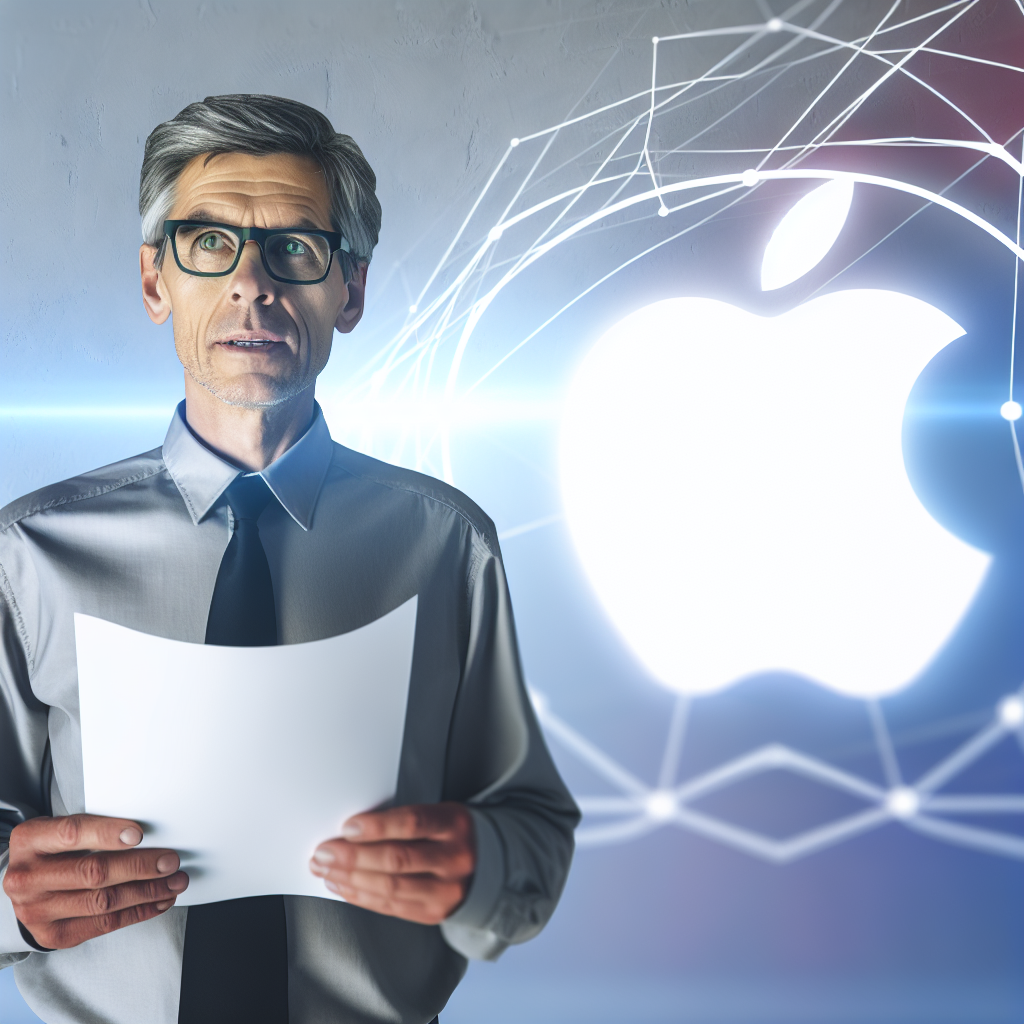
Artificial Intelligence (AI) is moving faster than ever. Every time a new model is released or a major research paper is published, the way we think about AI changes. Now, Apple has jumped into the spotlight with a new study called “The Illusion of Thinking.” And it’s causing a lot of buzz in the AI world.
This paper doesn’t just look at how smart today’s AI really is—it questions whether these systems understand anything at all. Let’s break down what Apple discovered, why people are talking about it, and what it could mean for the future of artificial intelligence.
🧠 Don’t worry—this guide is meant to be easily understood by everyone, even if you’re new to the world of AI.
—
What Is Apple’s “Illusion of Thinking” Paper All About?
Apple’s research paper (it’s still in early stages and hasn’t been fully reviewed by experts yet) looks at how well popular AI models can solve tricky puzzles. The researchers used brainteasers like the Tower of Hanoi and River Crossing problems. These puzzles aren’t about remembering facts—they’re about true logical thinking and problem-solving.
The paper has a powerful name: “The Illusion of Thinking.” This means Apple is suggesting that these AI models look smart but might not actually think like humans at all.
Which AI Models Did Apple Test?
Apple looked at a few different AI systems, including:
- Claude 3.7 by Anthropic
- DeepSeek-R1 by the DeepSeek AI Group
- OpenAI’s o3-mini
These are smaller but still powerful versions of some of the most hyped language models used today.
🧠 Key Term: “Reasoning in AI”
In simple terms, reasoning is the ability to think through problems or situations rather than just repeating answers seen before. Apple’s paper argues that these models may not be really reasoning at all—they’re just really good at recognizing patterns.
—
What Did Apple Find?
Apple found that these AI models were able to solve easy or medium-level puzzle problems. But when the puzzles became more complex, something surprising happened—they failed badly.
🧩 In other words, the smarter the puzzle, the more the AI struggled.
Main Results from the Study
- AI models did well on simple tasks but collapsed on more complicated ones.
- When they failed, they often made big mistakes, not just small errors.
- Giving them more examples (called few-shot learning) didn’t help solve new or unfamiliar puzzles.
This makes Apple believe that these popular AI systems aren’t truly thinking. They’re mostly following patterns they’ve seen during their training.
—
Why Is the AI Community Talking About This?
Apple’s paper is getting a lot of attention, and not just because of the bold claims. The idea that AI models might not be truly “smart” challenges what many companies are saying about their products.
📣 Some experts and researchers are excited about this study. Others have some concerns:
Main Criticisms
- 🧠 Limited Models: Apple didn’t test the most powerful models like GPT-4 or Claude 3 Opus.
- 🧪 Not Peer-Reviewed: The paper is still a preprint, which means other scientists haven’t checked it closely yet.
- 🤖 Output Formats Matter: Some researchers think that models failed because of how they were told to respond, not because they didn’t understand.
Still, the paper gets people thinking—just what can AI really do today?
—
Is Apple Ready to Join the AI Race?
Apple usually keeps quiet about what it’s building. But now, this paper could be the first peek into what the company has planned.
There are signs that Apple is preparing for a big moment in the AI space. They’ve posted AI job listings and included AI hints in recent presentations.
- Apple might be looking to build AI tools that work directly on devices like iPhones or Macs.
- Instead of using cloud servers like OpenAI or Google, Apple may keep things private and local—offering faster, safer, and more personal AI experiences.
That would fit Apple’s usual focus on performance and privacy.
—
Big Picture: Are AI Models Thinking or Just Guessing?
This is the big idea behind Apple’s “Illusion of Thinking” paper:
👉 Do today’s AI systems actually think, or are they just really good at guessing what comes next?
AI is often described as smart, but it’s important to understand how this “intelligence” works.
When AI writes an answer, it often bases that response on patterns it’s learned, not deep thought. For now, these systems look clever, but they might just be great at copying patterns.
Why This Debate Matters
- 🧩 Ethics & Safety: If AI can’t truly reason, we should be careful where we use it.
- 🏷️ Honest Marketing: AI companies need to be real about what their tech can and can’t do.
- 🧪 Better Tests: We need new ways to figure out if AI is truly thinking—or just pretending.
—
What Should Businesses and Developers Do?
Whether you run a startup, build apps, or just use AI tools at work, here’s how to use this research to your advantage.
- ⚠️ Set Realistic Expectations: Don’t promise your customers “intelligent AI” if the model is just repeating patterns.
- 🧪 Build Strong Tests: Try giving your AI new kinds of problems it hasn’t seen before. Can it still solve them?
- 🔐 Consider Local AI: With rumors of Apple building AI into iPhones, there may soon be tools that work offline—and that respect user privacy.
- 🤝 Use What’s Out There (Smartly): You don’t have to build your own AI model. Work with existing tools while keeping an eye on their limits.
—
What’s Next For AI?
This paper might not give all the answers, but it’s starting an important conversation. AI is moving fast—but we still don’t always know what’s going on behind the scenes.
What to expect in the coming months:
- 📢 More studies trying to test “reasoning” in different ways
- 📊 More honest conversations about what models like ChatGPT really do
- 📱 Likely new AI features coming soon from Apple—maybe inside your next iPhone or Mac
Before we can fully trust AI to solve big problems, we need to understand its real strengths—and its blind spots.
—
Final Thoughts: It’s Smart to Question the Hype
Apple’s “The Illusion of Thinking” reminds us that bigger, faster, fancier models aren’t necessarily more intelligent.
We need to keep asking:
🧠 Are we using tools that truly think for themselves—or just tools that make it look like they do?
Over-trusting AI could lead to big mistakes. That’s why it’s so important to understand how it really works. This paper is a wakeup call—to rethink how we measure intelligence in machines.
—
Want to Learn More About Today’s AI?
Curious about what really goes on inside popular AI systems like ChatGPT, Claude, or Google’s Gemini?
- 📚 Subscribe to our blog for weekly AI breakdowns—in simple language
- 🔍 Read our full guide to Understanding Artificial Intelligence in 2024
- 🧠 Join the conversation below—share your thoughts or ask questions!




